By Joseph Frantiska, Jr.
Chain Home, or ‘CH’ was the codename given to the system of early warning radar stations located along the Europe facing coasts of the United Kingdom (UK) before and during World War II to locate and follow aircraft. Never had radar been used to cover such a large area for air defense. Previously, human observers with binoculars were employed to visually track aircraft and relay their location to a central facility. Night, bad weather, and long distances made accurate observations all but impossible.
The first detection of an aircraft at a substantial distance occurred on June 17, 1935, when the system indicated an object at a range of 17 miles. It flew to the south and disappeared off their scope. Robert Watson, a pioneer in high frequency direction finding, phoned the Felixstowe seaplane station, which reported that a Supermarine Scapa flying boat had arrived. Thus, radar in the UK was born, and it set the stage for further development. Detection of ranges at 100 miles was realized and within two years, and so was a target’s altitude. Albert Percival Rowe coined the acronym RDF as a cover for the classified work. It meant Range and Direction Finding, but to the casual eye it could be thought to stand for the existing Radio Direction Finding technology.
When Winston Churchill became prime minister, he appointed physicist Frederick Lindemann as the leading scientific adviser to the British government. Lindemann was unimpressed with the utility of RDF. Instead, he strongly advocated the use of infrared systems for target detection and tracking. Lindemann constantly interfered with the development of radar and disrupted the morale of the radar group. Their complaints fell on deaf ears as Churchill was his primary backer. Undeterred, they approached Secretary of State for Air, Lord Swinton who replaced Lindemann.
While Watson was working at Orford Ness, he took a drive and found what would be the development site—Bawdsey Manor. In early 1936, the personnel and equipment were moved there to establish the Air Ministry Experimental Station (AMES).
As the center of British commerce, government, and defense, London was to receive the initial segment of CH stations. Throughout the summer of 1936, tests were performed at RAF Biggin Hill which developed interception procedures with increased effectiveness. Their main problems were finding friendly aircraft locations and putting them at the right altitude.
In 1937, a test to examine the effect that radar would have on an air engagement was conducted using the Bawdsey station. Friendly aircraft acting as enemy bombers would approach the area to provide the fighters with targets to intercept. As Air Marshal Sir Hugh Dowding observed the Bawdsey controllers struggle to direct the fighters, he could hear the “bombers” as they passed overhead. Pilots were being sent many, sometimes conflicting reports.
An integrated approach was needed to deal with the overwhelming amount of information. The hardware of Chain Home was viewed and engineered as a system of sites, so was the information that they produced. While the information was important to the station that scrambled its fighters, the high-level command needed to see the “whole” picture.
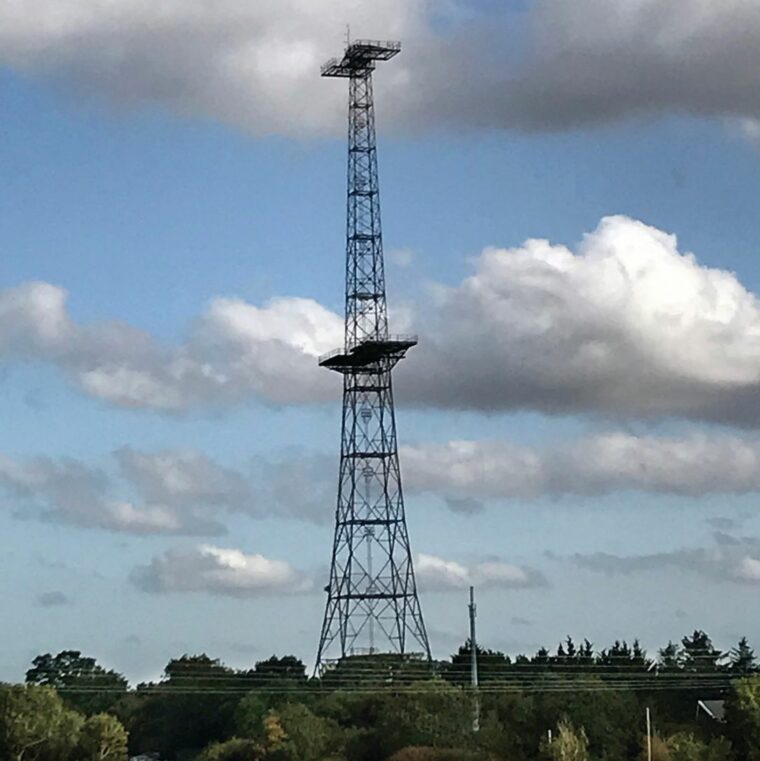
Reports of approaching aircraft by coastwatchers and the CH system often conflicted. Each system had drawbacks: humans could not observe aircraft in bad weather; the CH system could not distinguish friendly from enemy aircraft. The solution was known as Identification, Friend or Foe (IFF), and it was in its infancy and would not mature until after World War II. Fortunately, the man at the top of the organization had this systems mindset—Dowding. It might seem as though this view was prevalent throughout the military structure. Dowding conflicted with Prime Minister Stanley Baldwin, who had a decidedly bleaker perspective as he wrote back in 1932: “I think it is well also for the man in the street to realise that there is no power on earth that can protect him from being bombed. Whatever people may tell him, the bomber will always get through, The only defence is in offence, which means that you have to kill more women and children more quickly than the enemy if you want to save yourselves…If the conscience of the young men should ever come to feel, with regard to this one instrument [bombing] that it is evil and should go, the thing will be done; but if they do not feel like that—well, as I say, the future is in their hands.”
What became the “Dowding System” had four parts: radar, human observers, raid tracking, and radio control of aircraft. The world’s first integrated ground-controlled interception network collected and merged information into a single view of the airspace long before the term “data fusion” came into vogue.
Information about incoming aircraft by radar and human observers complemented each other. Radar gave a more precise range to the target aircraft. Humans gave a better estimate of altitude and whether the aircraft were friend or foe once they were closer. Continual reports from both sources allowed for the tracking of incoming enemy aircraft to alert the perceived target area of inbound bombers and their routes for scrambling interceptors.
With the outbreak of World War II, the development of Chain Home needed to accelerate. Existing commercially available technology would be used to save time. Watson’s “cult of the imperfect,” as he stated it was, “Always strive to give the military the third best because the best is impossible and second best is always too late.”
Contractors were selected, and a production network established. However, funding lagged behind. The Treasury approved deployment and initial production contracts for 20 complete radar sets at a cost of £380,000 ($28 million in today’s money). Fifteen sets were installed in 1937 and 1938. In August 1938, five stations were operational. Tense times unfolded as the stations entered service during the Munich crisis when Hitler demanded that the Sudetenland of Czechoslovakia be ceded to Germany. The stations began round-the-clock operation in September; the chain of defense was forming.
In September 1939, 21 CH stations covered most of the eastern and southern UK coasts. By 1940, the network covered the west UK coast from Orkney in the north to Weymouth in the south along with Northern Ireland. Radar coverage extended from the Europe-facing side of the UK to the French interior. They were connected by a ground network along with thousands of miles of telephone lines. This gave RAF commanders enough time to alert their forces to meet oncoming Luftwaffe bombing raids at altitude. It was no longer inevitable that “the bomber will always get through.”
The Chain Home system eventually grew to over 100 stations by the war’s end. The UK was not able to provide many specially trained personnel. In 1940, a formal request was made by the Canadian government for people trained in radio technology. Within a year, 1,292 qualified workers had enlisted, and most were sent to serve as radar technicians.
The Achille’s heel of the system was that CH was not able to detect aircraft at low altitude. While most bomber raids were conducted at an altitude of 15,000 feet or more, attacking aircraft at lower altitudes could get through undetected.
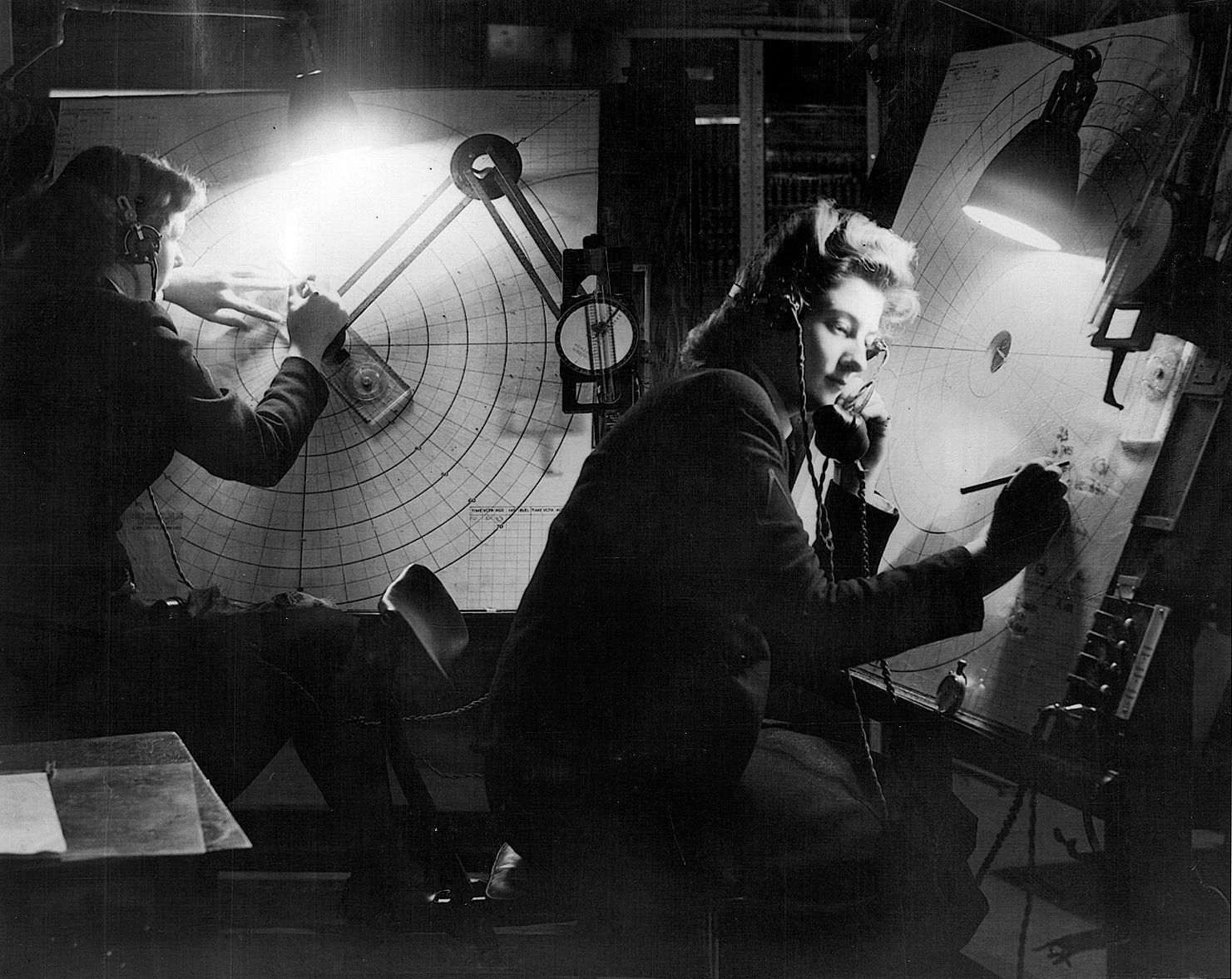
What was needed was a radar that could fill this gap. Chain Home Low or CHL could trace its origin to experimentation in 1936 with airborne interception radar systems. Developed by a team at Bawdsey led by Edward Bowen, the new radar had to operate at much smaller wavelengths so that the antenna could fit in an airplane. Detecting other aircraft was difficult due to the target’s small size and very strong returns from the ground. This was a problem for an airborne radar set, but such a strong ground return could be the solution to filling the low altitude gap in the CH system. During the airborne radar experiments, the aircraft containing the radar set was flown around Bawdsey on the Channel coast. Strong constant ground returns were found to be cranes at the Harwich Docks on the coast and boats in the Channel.
Prior to development for the CH system, Bowen’s 1.5 meter radar set became the Coast Defense (CD) radar, which allowed the British Army’s coastal artillery to develop a round-the-clock schedule even at night or during times of low day visibility.
Understanding its usage to fill the coverage gap, in July 1939, Watson ordered 24 CD sets. One set would be placed at each CH station to allow coverage to altitudes as low as 500 feet and a range of up to 25 miles. Early 1940 saw researchers at Birmingham University develop the Boot Strap Cavity Magnetron. It produced microwave energy with 10 times greater power than previous microwave devices. In early 1942 a radar using this magnetron successfully tracked aircraft flying at 50 to 200 feet at a range from 30 to 45 miles. This was used in the Chain Home Extra Low system, which further closed the gap in detecting aircraft across at a wide range of altitudes down to 50 feet. At this time Watson’s contributions to science and the UK were formally recognized as he received a knighthood from King George VI. As an homage to his ancestor James Watt, who had invented the practical steam engine, it was at this time that he changed his last name to Watson-Watt.
The Luftwaffe’s air defense radar was called Freya, a ground-based radar with a range of about 100 miles, and over 1,000 systems were built. They formed the backbone of a new air-defense system which linked Belgium, the Netherlands, and France.
During the Battle of Britain on August 12, 1940, the first attempt to punch holes in the Chain Home system began. Bombers attacked four stations with three being briefly taken off the air. Hitler had declared August 13 to be Eagle Day, the first day of the all-out Luftwaffe effort to wipe out the Royal Air Force. The CH radar at Rye was put out of action briefly. The strike on the Dunkirk site destroyed two huts and damaged a transmitter, but the radar was untouched. Some Dover site towers were damaged with huts being destroyed. At Pevensey, the main power cable was destroyed and the station went off the air temporarily. The Ventnor site on the Isle of Wight was attacked by a formation of Junkers Ju-88 bombers and later by a formation of Ju-87 Stuka dive bombers. The damage put it out of action for 11 days.
On August 13, the Germans believed that all British stations were operational. The destruction of the Ventnor station was concealed by transmitting an identical signal from another station.
The robust construction of the system allowed the RAF fighters to keep the Luftwaffe at bay. A few days later Reichsmarshall Herman Göring, the head of the Luftwaffe stated: “It is doubtful whether there is any point in continuing the attacks on radar sites, in view of the fact that not one of those attacked has so far been put out of action.”
Tracking aircraft was one thing, but tracking rockets was another. This became more than an academic exercise with the firing of V-2 rockets, one of Hitler’s vengeance weapons, that began in September 1944. The world’s first ballistic missile, the V-2 had a range of about 200 miles with a maximum altitude of 60 miles and a speed three times that of sound. This extreme performance made it all but impossible to detect prior to impact, so civilians could not be warned.
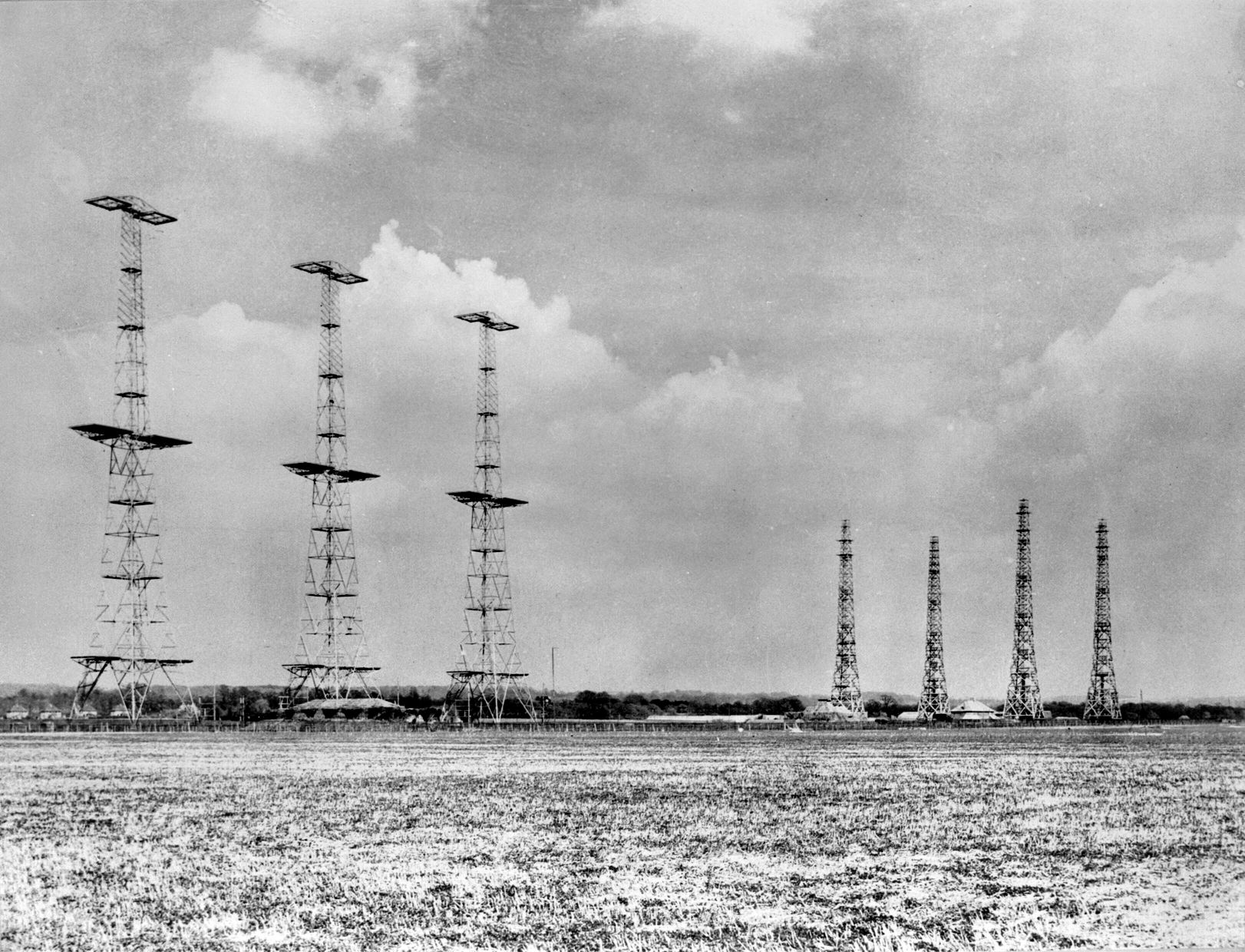
Dubbed “Big Ben,” several CH stations were organized to report the V-2s during launch just as they were able to see aircraft formations over France. Due to the slow reaction of the goniometer, it was not possible to find the location of the launch. Instead, all stations were set to the maximum range settings. They were also set to the altitude measuring mode.
Radar sets emanate energy in lobes, which are elongated tear drop shaped areas. The primary directed energy is the main lobe, but side lobes also occur. In the altitude measuring mode, the radar had several lobes that were stacked on top of each other. As the rocket climbed from its launch site, it would pass through these lobes. A series of blips appeared as each lobe enveloped the rocket. The range of each blip was measured and sent to a central plotting station. The ranges were plotted on a chart as circular arcs. The launch location would be at the intersection of the arcs. Of course, the rocket did not only climb vertically as it had to pitch over to reach its target many miles away. This made successive arcs progressively closer to the target. The rocket’s trajectory could be approximately calculated and warnings sent to the probable target area.
Chain Home served its homeland well, but by 1942, numerous CH tasks were turned over to the more-advanced AMES Type 7 Ground Control Interception (GCI) radar systems.
CH radar antennas were fixed and could scan an area of about 100 degrees wide, and numerous steps were required to track and plot targets. The Type 7 antenna rotated through 360 degrees and could scan all points about the station. Fighters and bombers could be distinguished using IFF signals. The IFF signals were incorporated with the target’s radar return signal due to specialized equipment called transponders on the aircraft. These would designate the target as friendly.
As the war ended, many CH stations were closed or placed on “care and maintenance” to maintain a level of readiness. This readiness was tested as the post-war era saw increasing tensions between the Soviet Union and the West. As a stopgap measure, a network would be made up of 28 Chain Home, Chain Home Low, Chain Home Extra Low, and GCI radar sites rebuilt to more modern standards. Codenamed ROTOR, this would be the first radar defensive network in the Cold War era for the United Kingdom.
The last original version Chain Home systems were withdrawn from service in 1955 with most of the transmitting and all of the receiving towers being torn down. One of the remaining transmitter towers can be seen at the BAE Systems facility at Great Baddow, Essex.
While primitive compared to today’s standards, Chain Home undoubtably saved countless lives and property.
Author Joseph Frantiska, Jr. is a first-time contributor to WWII History. He resides in Chelmsford, Massachusetts.
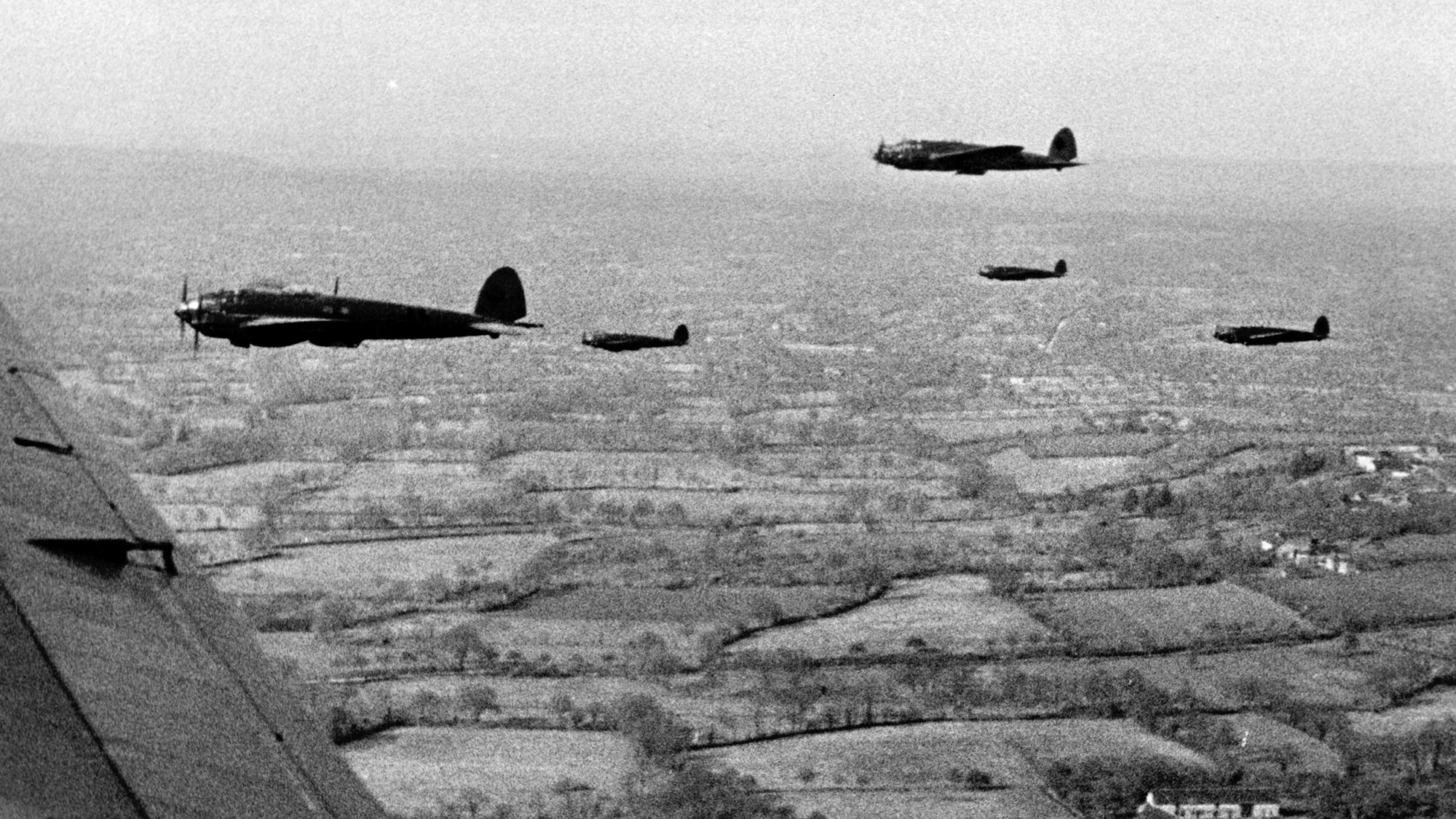
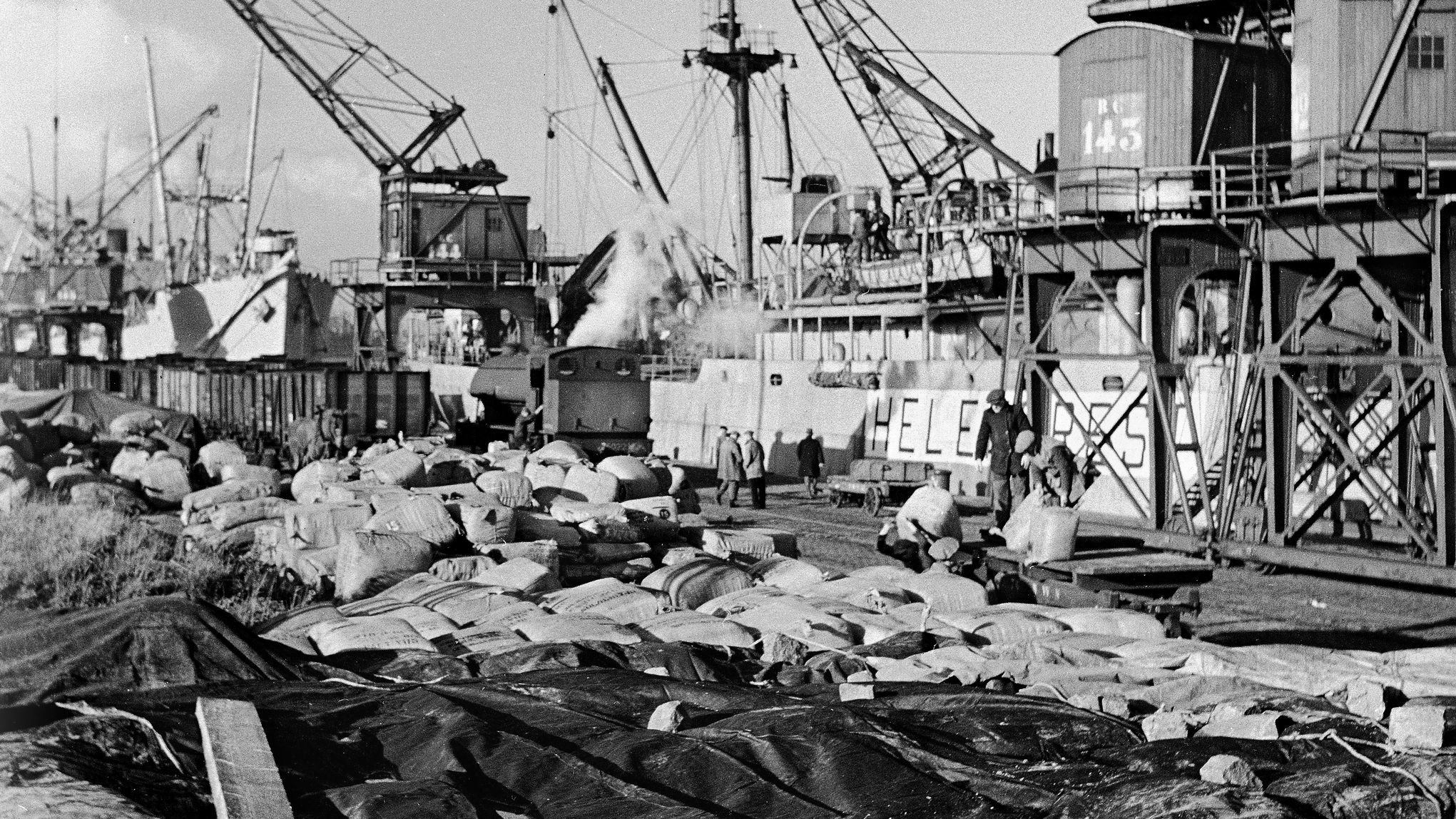
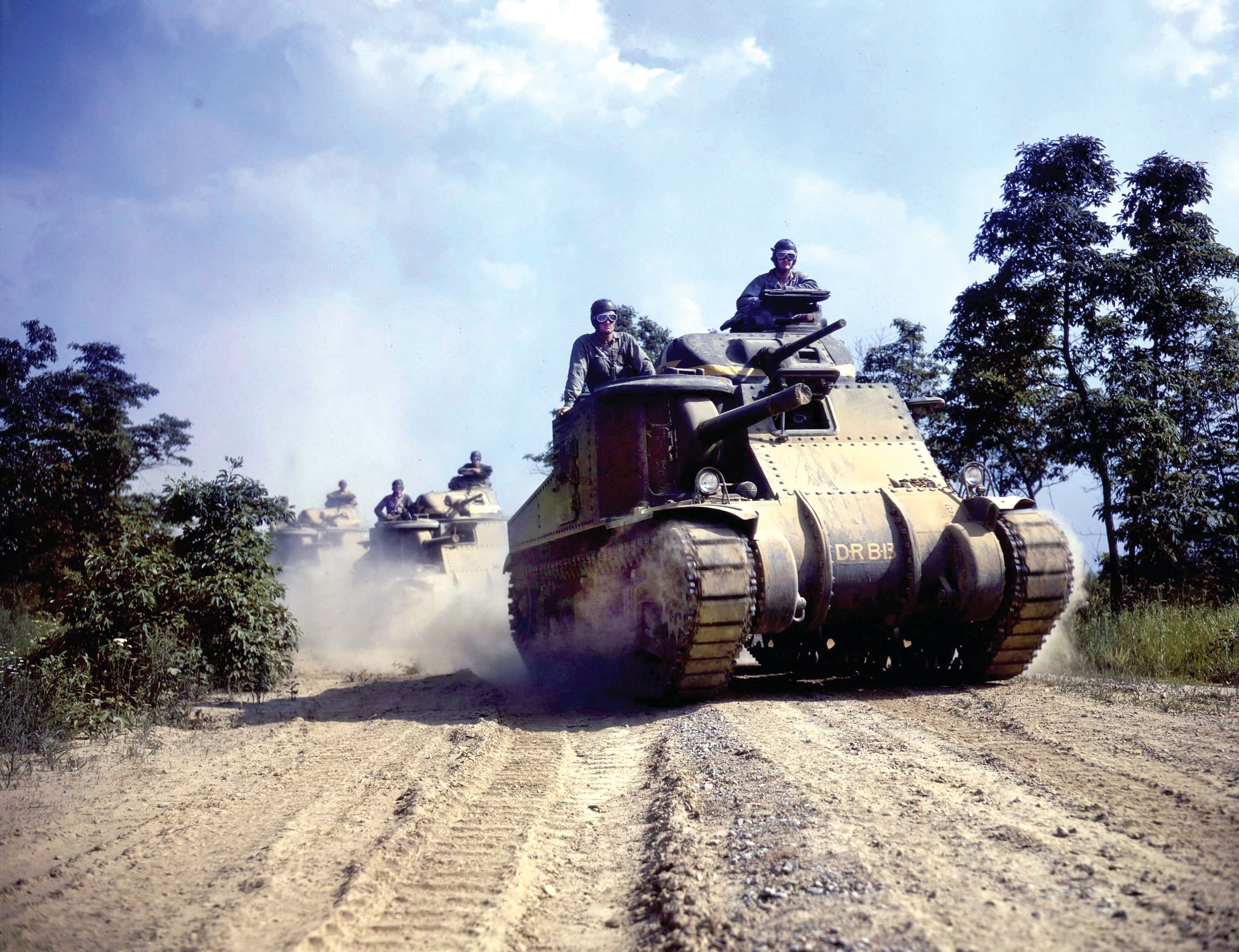
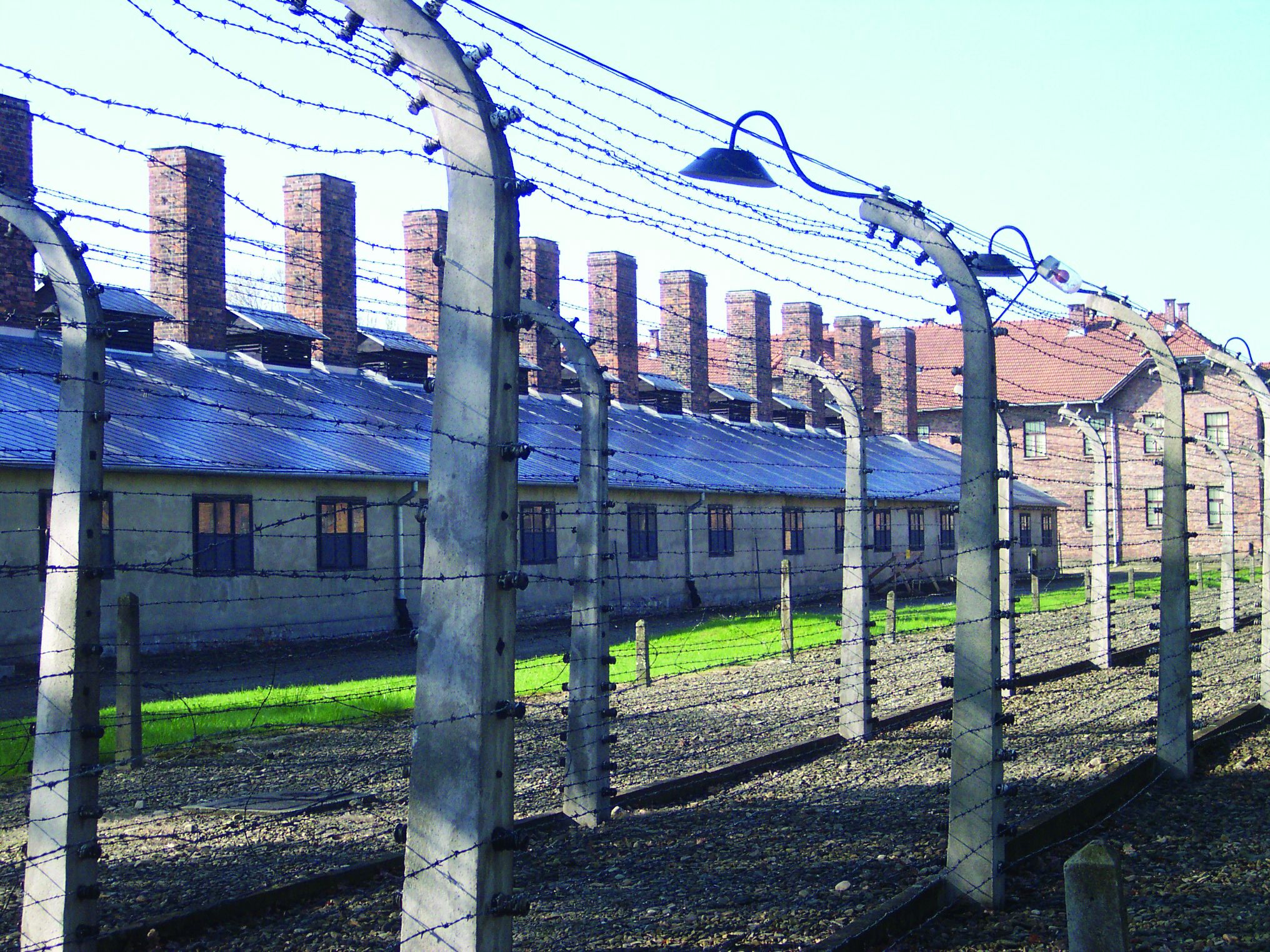
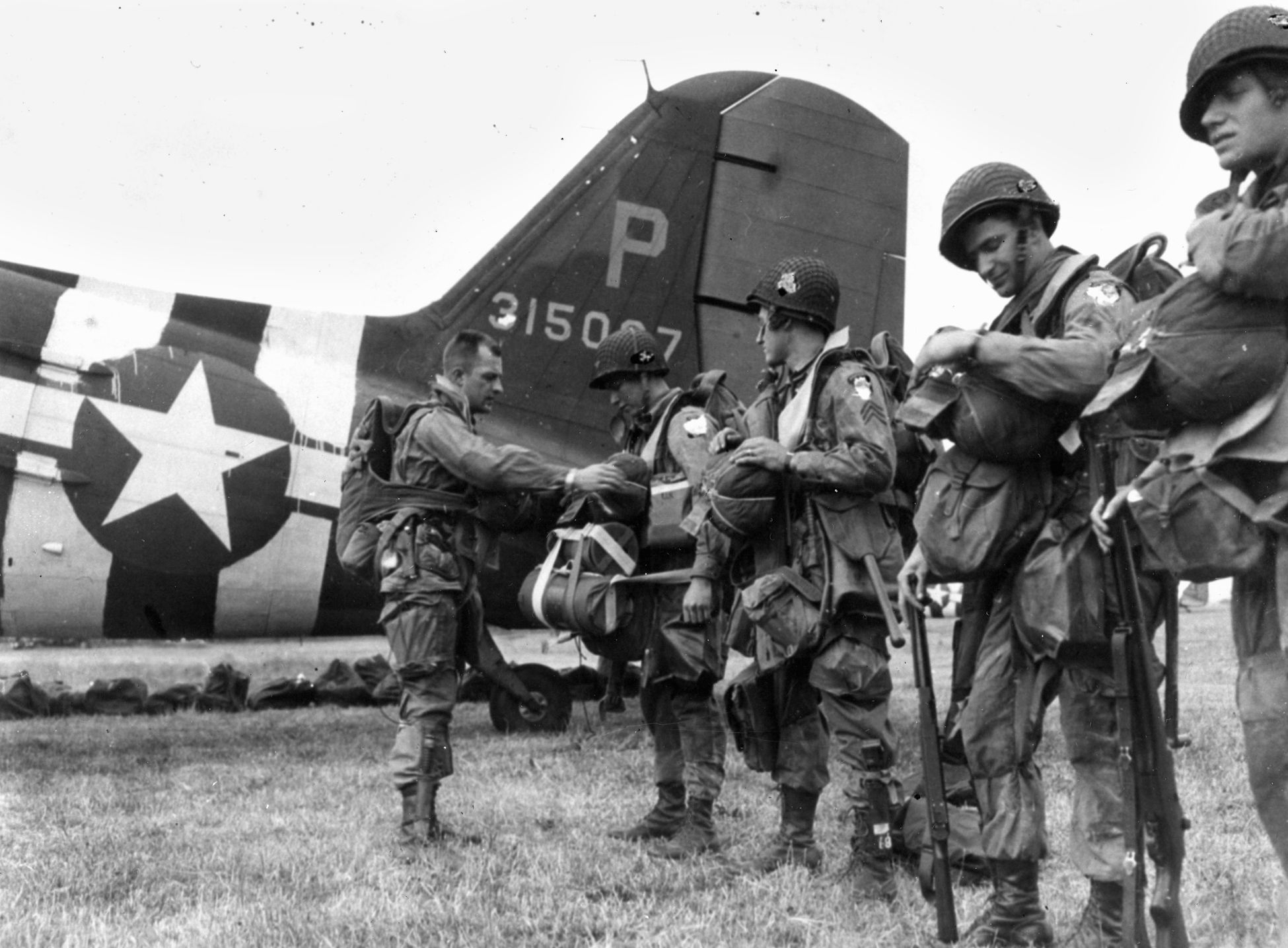
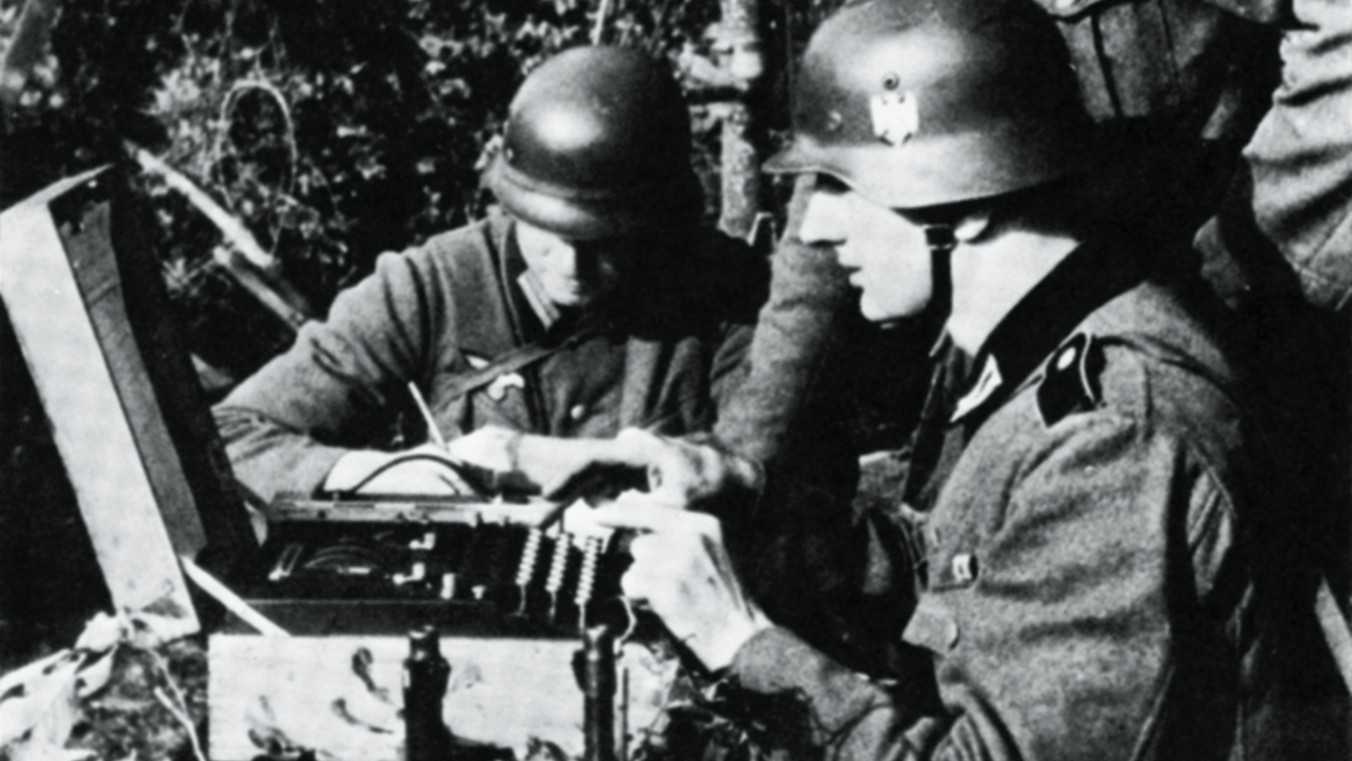
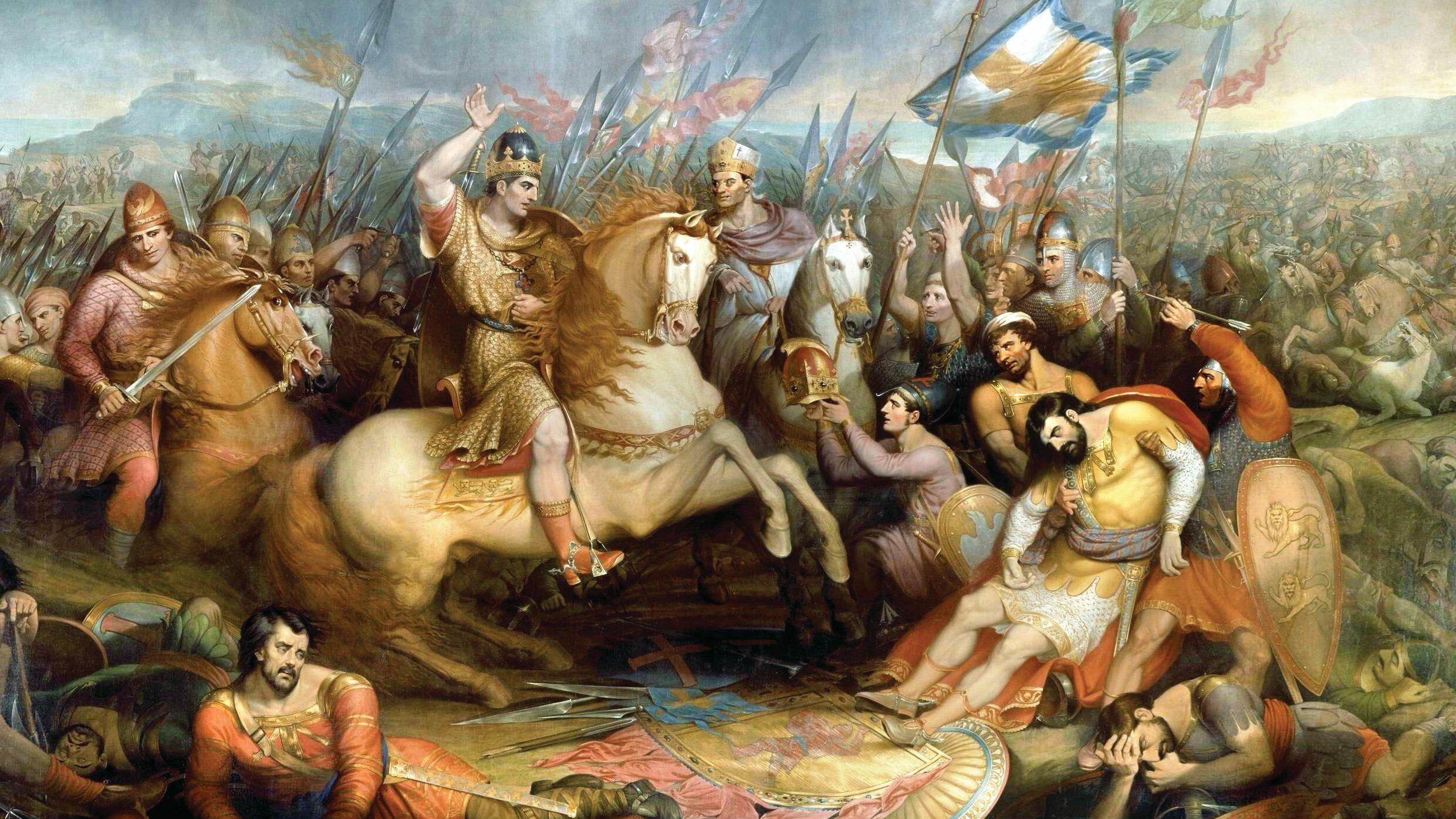

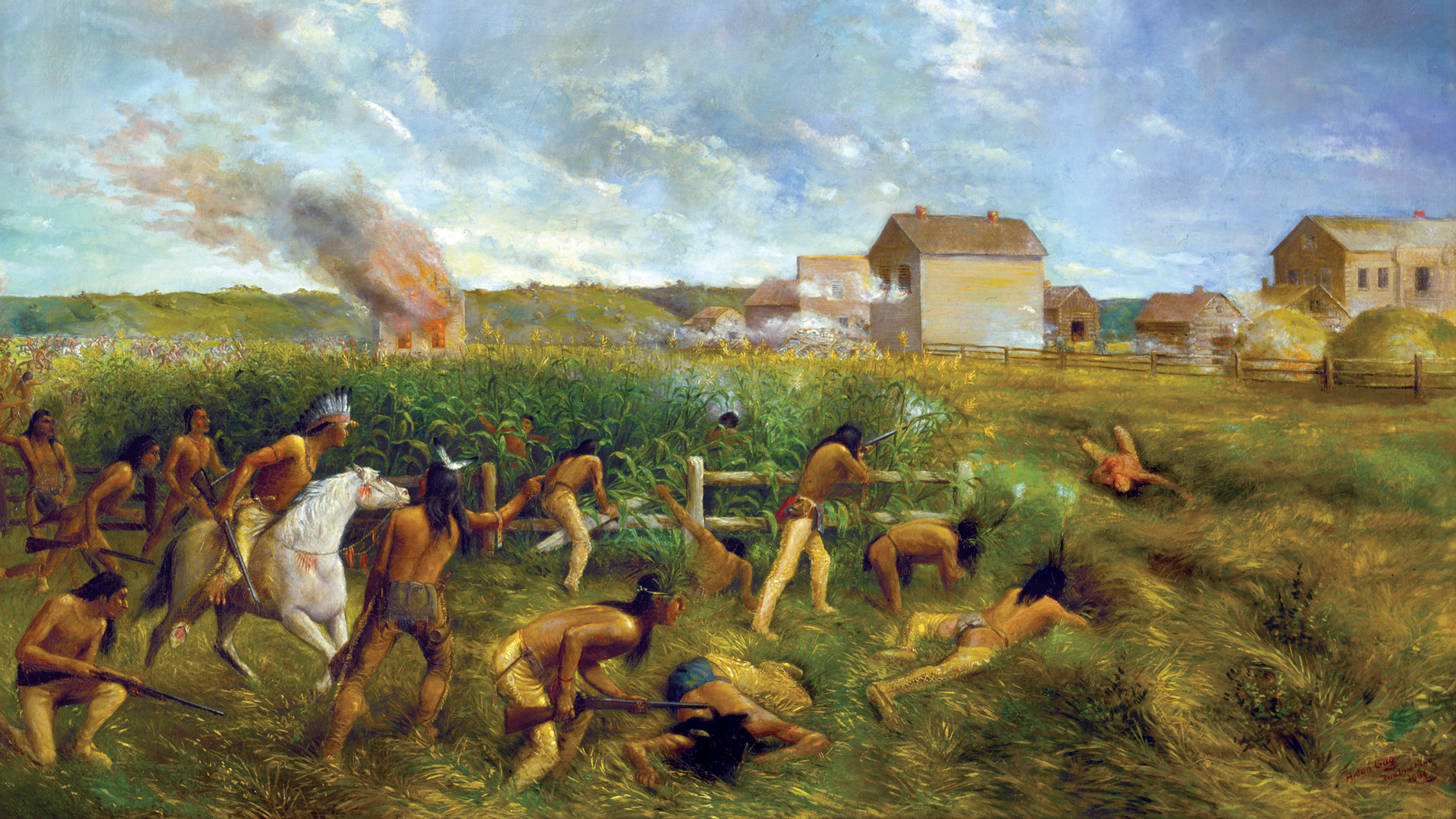
Join The Conversation
Comments
View All Comments